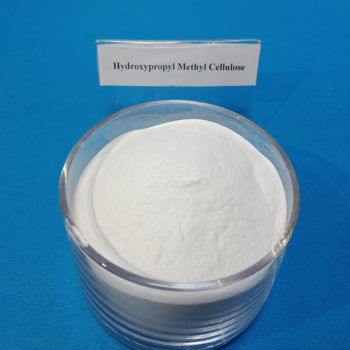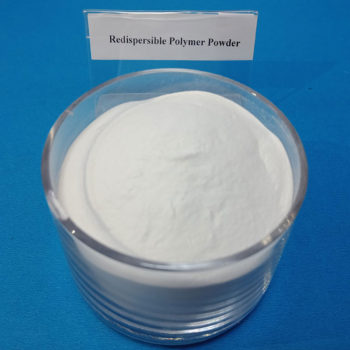China cellulose ether manufacturer
China HPMC factory,have a daily output 150 tons,our products including Hydroxypropyl Methyl Cellulose (HPMC), Redispersible Polymer Powder (RDP) ,which can be widely used in building materials such as dry mix mortar, gypsum based plaster, wall putty, tile adhesive, cement mortar, EIFS, detergent and so on.


cellulose ether hpmc
cellulose ether hpmc is a type of polymer derived from cellulose, which is the most abundant natural polymer found in the cell walls of plants. The structure of cellulose ether is modified by replacing the hydrogen atoms in the hydroxyl groups of cellulose with alkyl or hydroxyalkyl groups, resulting in a wide range of derivatives with different properties and uses.
Characteristics of cellulose ether hpmc:
- Solubility: Cellulose ethers are soluble in water, which allows them to form viscous solutions or gels. The solubility depends on the degree of substitution and the type of substituents.
- Viscosity Control: They are commonly used as thickeners, stabilizers, and viscosity modifiers in various applications. The viscosity of cellulose ether solutions can vary widely, depending on the molecular weight and concentration.
- Film Formation: Many cellulose ethers can form flexible, transparent films, making them useful in coatings and packaging.
- Thermal Gelation: Some cellulose ethers exhibit thermal gelation, where the solution gels upon heating and returns to a liquid state upon cooling.
Types of Cellulose Ether:
- Methyl Cellulose (MC): Prepared by methylation of cellulose, it is soluble in cold water and forms a gel upon heating.
- Hydroxyethyl Cellulose (HEC): Produced by the reaction of cellulose with ethylene oxide, it is used in paints, cosmetics, and personal care products.
- Hydroxypropyl Methylcellulose (HPMC): This is used in pharmaceuticals, food, and construction materials, providing good water retention and film-forming properties.
- Carboxymethyl Cellulose (CMC): Created by carboxymethylation, it is widely used as a thickener and stabilizer in food, pharmaceuticals, and detergents.
Applications:
- Construction: Used in adhesives, cement, plaster, and joint compounds for its thickening and water-retention properties.
- Pharmaceuticals: Utilized as a binder, disintegrant, and controlled-release agent in tablet formulations.
- Food Industry: Acts as a stabilizer, thickener, and emulsifier in various food products.
- Personal Care: Found in shampoos, lotions, and toothpaste, providing consistency and stability.
- Paints and Coatings: Used to control viscosity and improve the stability of water-based paints and coatings.
Hydroxypropyl Methylcellulose (HPMC) is a cellulose ether derivative that is widely used in various industries, including pharmaceuticals, food, personal care, and construction. It is produced by the chemical modification of cellulose, primarily through the introduction of hydroxypropyl and methyl groups.
Properties of HPMC:
- Solubility: HPMC is soluble in water and some organic solvents, forming clear and viscous solutions.
- Thermal Gelation: HPMC solutions exhibit reversible thermal gelation, meaning they form a gel upon heating and return to a liquid state upon cooling.
- Film-Forming: It can form strong, flexible, and transparent films.
- Non-Ionic Nature: Being non-ionic, HPMC is compatible with a wide range of other substances and is not affected by electrolytes.
- Stability: It is stable over a wide range of pH levels and temperatures.
Applications of HPMC in Construction Materials:
HPMC is extensively used in the construction industry due to its beneficial properties, such as water retention, workability, and binding ability. Some of the key applications include:
-
Cement and Mortar:
- Water Retention: HPMC helps retain water in the mortar, which ensures proper curing and hydration of the cement. This leads to improved strength and durability.
- Workability: It improves the workability of the mortar, making it easier to apply and shape. The smoothness and consistency of the mixture are enhanced.
- Sag Resistance: HPMC helps prevent the sagging of the mortar on vertical surfaces, allowing for better adhesion and application.
- Open Time: It increases the open time (the time during which the mortar remains workable), which is crucial for adjusting tiles or other materials during installation.
-
Tile Adhesives:
- Adhesion: HPMC improves the adhesive properties of tile adhesives, ensuring strong bonding between tiles and substrates.
- Flexibility: It enhances the flexibility of the adhesive layer, accommodating movement and reducing the risk of cracks.
-
Plasters and Renders:
- Improved Workability: HPMC provides smoothness and ease of application, ensuring a uniform finish.
- Crack Resistance: By improving water retention and curing, HPMC helps reduce the occurrence of cracks in plasters and renders.
-
Gypsum-Based Products:
- Setting Control: HPMC can influence the setting time of gypsum products, making it easier to handle and shape.
- Consistency: It ensures a uniform consistency and prevents segregation of components.
-
Self-Leveling Compounds:
- Flow and Spread: HPMC enhances the flow and spread of self-leveling compounds, ensuring a smooth and even surface.
- Stability: It helps maintain the stability and uniformity of the mixture during application.
cellulose ether hpmc plays a crucial role in construction materials by enhancing water retention, workability, adhesion, and stability. Its use leads to better quality and performance of construction products, making it an essential additive in the industry.